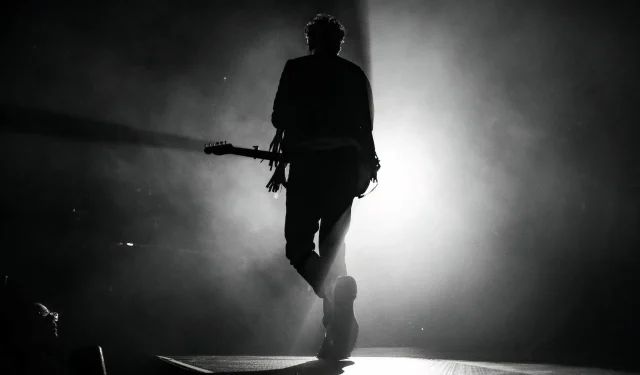Throughout rock history, some bands have made their mark due to the distinct contributions of specific members. When one of these key figures departs, it often leads to significant changes in the band’s identity and sound. A band can never truly replace an irreplaceable member, whether they be a powerful vocalist, a distinctive guitarist, or another integral component of the group. Such changes can alter the chemistry of the band and impact fan perception, leading some to question its future.
Conversely, the departure of an original band member can sometimes open new doors for musical exploration and innovation. Several rock outfits have found greater success post-split, while the individuals who left often embark on rewarding solo careers. While the ending of an era may be painful, it can also pave the way for fresh sounds and artistic ventures.
10
Marty Friedman
Megadeth (1990-2000)

Member changes among the “big four”thrash metal bands often grab headlines, and Megadeth’s history is no exception. Among its lineup shifts, Marty Friedman emerged as a standout figure whose innovative guitar style significantly shaped the band’s most acclaimed albums. His knack for blending exotic Eastern influences with melodic phrases set him apart. Despite his incredible shredding abilities, Friedman’s musical vision occasionally conflicted with Megadeth’s thrash aesthetic, prompting his departure to pursue projects that aligned more with his artistic goals.
Friedman sought greater creative freedom, particularly after the lukewarm reception of Megadeth’s experimental album, *Risk*. This push led him to relocate to Japan, where he could explore and develop his musical style without constraints. Fortunately, Friedman and Megadeth parted on amicable terms, and they even reunited for a memorable performance in Tokyo in 2023.
9
Tarja Turunen
Nightwish (1996-2005)

One of the most dramatic splits in metal history occurred when Tarja Turunen received an open letter from her bandmates announcing her termination from Nightwish. The divide stemmed from differing views on music and priorities, leading to growing distance between Tarja and the band. The group felt Tarja prioritized fame over passion, while she believed her focus on financial security was justified. After a period of estrangement, Tarja eventually mended ties with some band members during her solo journey.
As a classically trained soprano, Turunen played an instrumental role in shaping Nightwish’s symphonic metal sound. Her exit drastically altered the band’s musical identity—replacement Anette Olzon’s pop/rock style did not resonate with some fans, steering the band’s direction away from its operatic roots. Over time, however, the return of mezzo-soprano Floor Jansson in 2012 reintroduced elements of opera, catering to fans who yearned for the band’s original vibe.
8
Adam Gontier
Three Days Grace (1992-2013, 2024-present)

Adam Gontier’s abrupt exit from Three Days Grace caught fans and bandmates off guard, especially with a tour looming. His departure was fueled by persisting health issues and dissatisfaction with the band’s creative trajectory; Gontier felt the music had become overly commercial and too far removed from his personal experiences. Following his exit, the band welcomed Matt Walst as the new lead vocalist, while Gontier formed his own project, Saint Asonia.
This shift indeed initiated a stylistic transformation for Three Days Grace. Walst’s smoother and more melodic vocal style contrasted sharply with Gontier’s more rugged sound, changing the lyrical themes from introspective personal struggles to broader themes of resilience. In an unexpected turn, Gontier rejoined the band in 2024, blending his emotive style with Walst’s mainstream approach, much to fans’ delight.
7
Joey Jordison
Slipknot (1995-2013)
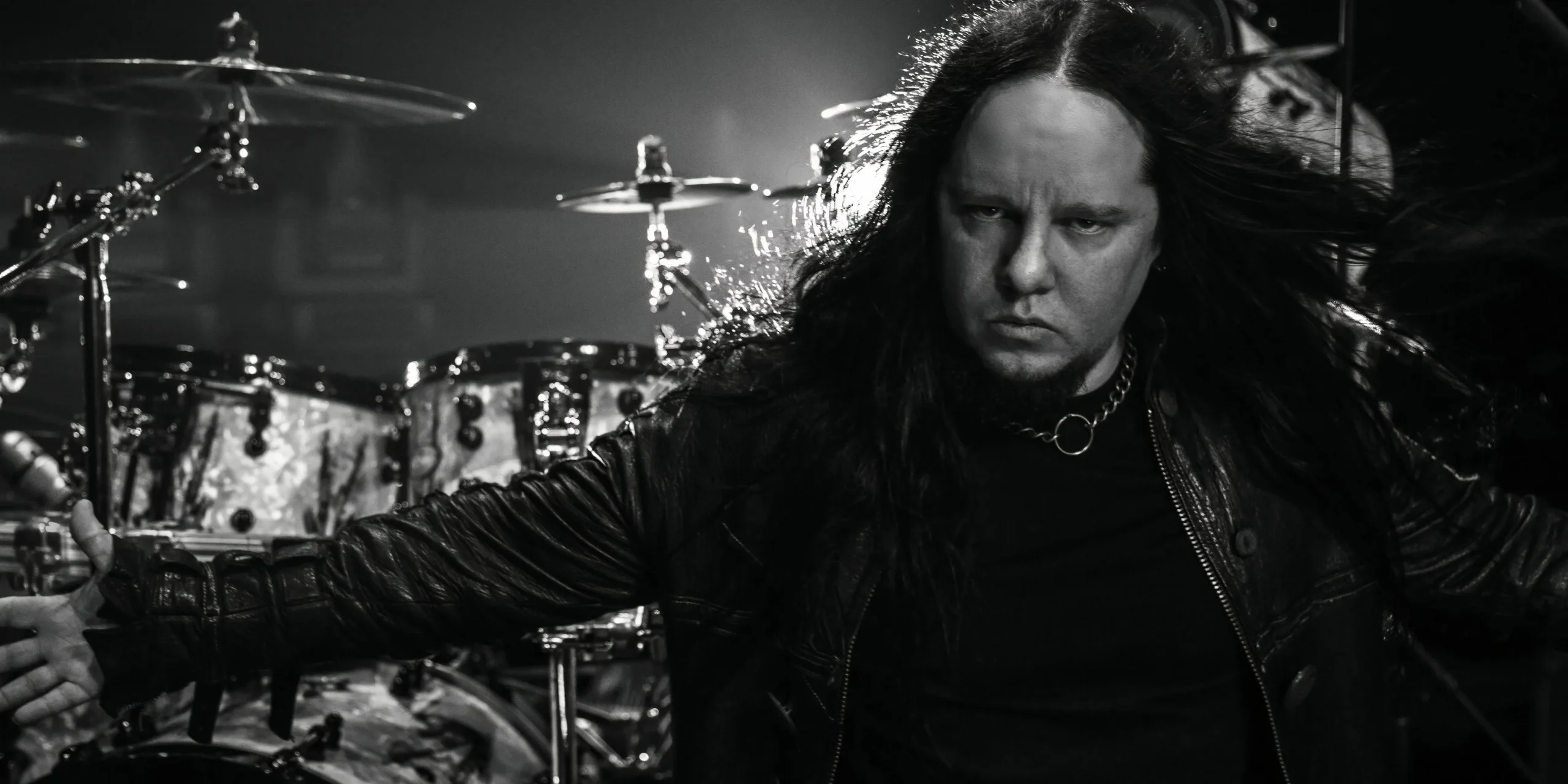
In a shocking turn of events, Joey Jordison, renowned for his rapid and precise drumming, departed from Slipknot in 2013 under unclear circumstances. It was later revealed that internal tensions and medical issues contributed to his departure, with Jordison disclosing in 2016 that he suffered from transverse myelitis, affecting his muscular coordination. The exact reasons behind his exit remain somewhat opaque, as lead singer Corey Taylor hinted at undisclosed complexities surrounding the situation.
Beyond his drumming prowess, Jordison significantly influenced songwriting, contributing lyrics and musical structures. His departure marked an unfortunate moment for the band and its fans, given his exceptional talent and energetic performances. Though he transitioned into other musical endeavors like Scar the Martyr, Jordison’s legacy continues to resonate within the metal community following his tragic passing in 2021.
6
Geoff Tate
Queensrÿche (1982-2012)

The exit of lead vocalist Geoff Tate from Queensrÿche was marked by a series of ugly disputes, culminating in physical altercations and legal battles. A confrontation before a concert in Brazil in 2012 directly led to Tate’s firing, which he countered with a lawsuit claiming rights to the band’s name, insisting on his influence as a primary creative force.
The court ultimately granted the remaining members the Queensrÿche name while allowing Tate to perform *Operation: Mindcrime*, the band’s most acclaimed album. Both vocalists, Tate and replacement Todd La Torre, possess exceptional ranges, yet their styles diverge. Queensrÿche continues to be celebrated for its musicianship and narrative songwriting, allowing fans to enjoy live performances from both singers as they pursue their respective careers.
5
Jason Newsted
Metallica (1986-2001)

After the untimely death of bassist Cliff Burton, Jason Newsted stepped in to make his mark on Metallica starting in 1986. His energetic performances, characterized by playing with a pick, offered a unique sonic texture to the band’s sound, contributing significantly to their creative process with co-written tracks like “Blackened.”
However, differences and his physical ailments accumulated over years of demanding tours ultimately prompted Newsted to leave the band in 2001. Conflicting ideas regarding side projects, along with neck and back injuries from extensive touring, influenced his decision to depart. Despite the amicable split, Jason maintained connections with Metallica, occasionally reuniting with the band in the years since his exit.
Post-Metallica, Newsted explored a variety of musical styles with bands like Voivod, Echobrain, and even collaborated with Ozzy Osbourne. This versatility highlights Newsted’s artistic diversity, providing fans with a wide range of musical experiences.
4
John Lennon
The Beatles (1960-1969)
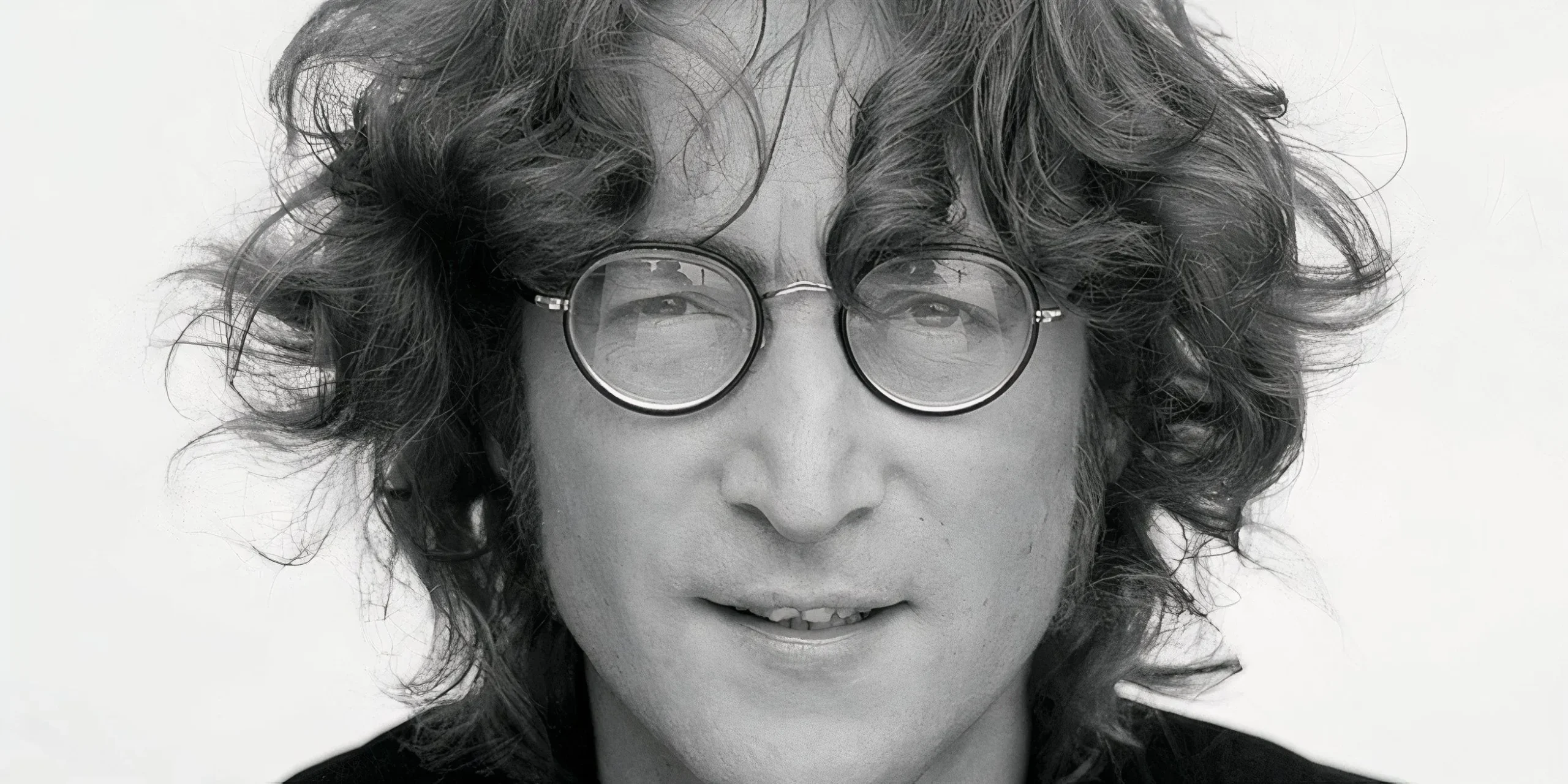
John Lennon became a pivotal figure in one of the music world’s most infamous breakups when he left The Beatles to seek creative autonomy. His burgeoning interest in avant-garde music and political expression significantly diverged from the band’s established sound. Following his departure, he collaborated closely with Yoko Ono, with many attributing the band’s disintegration to her influence, even as historians assert that the cracks were already forming.
Each member of The Beatles was pursuing individual artistic visions, leading to inevitable tensions over music and business decisions. Lennon’s departure was the first major signal of the band’s impending split, but it ushered in successful solo careers for all members, with each artist continuing to resonate with fans for their unique contributions to music.
3
Slash
Guns N’ Roses (1985 to 1996, 2016 to present)
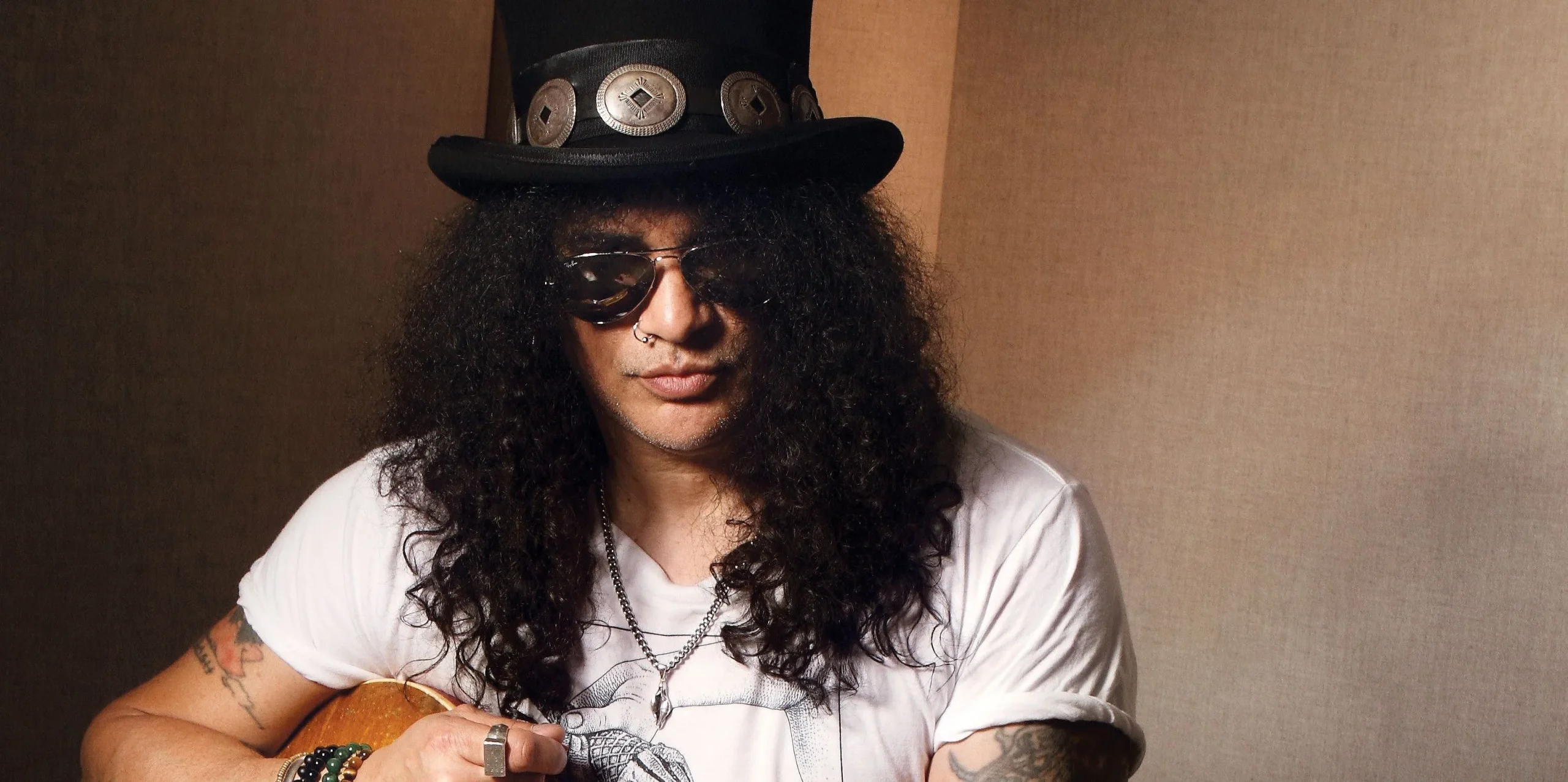
Slash, an integral figure in Guns N’ Roses, faced significant conflict with lead singer Axl Rose, as their artistic visions began to diverge. Renowned for his legendary guitar solos, highlighted in tracks like “Sweet Child of Mine”and “November Rain,”Slash’s iconic persona became synonymous with the band’s image.
As Axl began making unilateral artistic decisions, including the addition of rhythm guitarist Paul Tobias and steering the band toward a more electronic sound, it became clear that creative differences would lead to Slash’s exit in 1996. Following his departure, other members like Duff McKagan and Matt Sorum soon followed suite, all seeking to navigate their artistic paths.
In the years following his exit, Slash engaged in diverse projects alongside notable artists like Michael Jackson and Alice Cooper. After a prolonged hiatus, he returned to Guns N’ Roses in 2016, revitalizing the band’s iconic image and rekindling the magic that made them legendary.
2
David Lee Roth
Van Halen (1974-1985, 1996, 2007-2020)
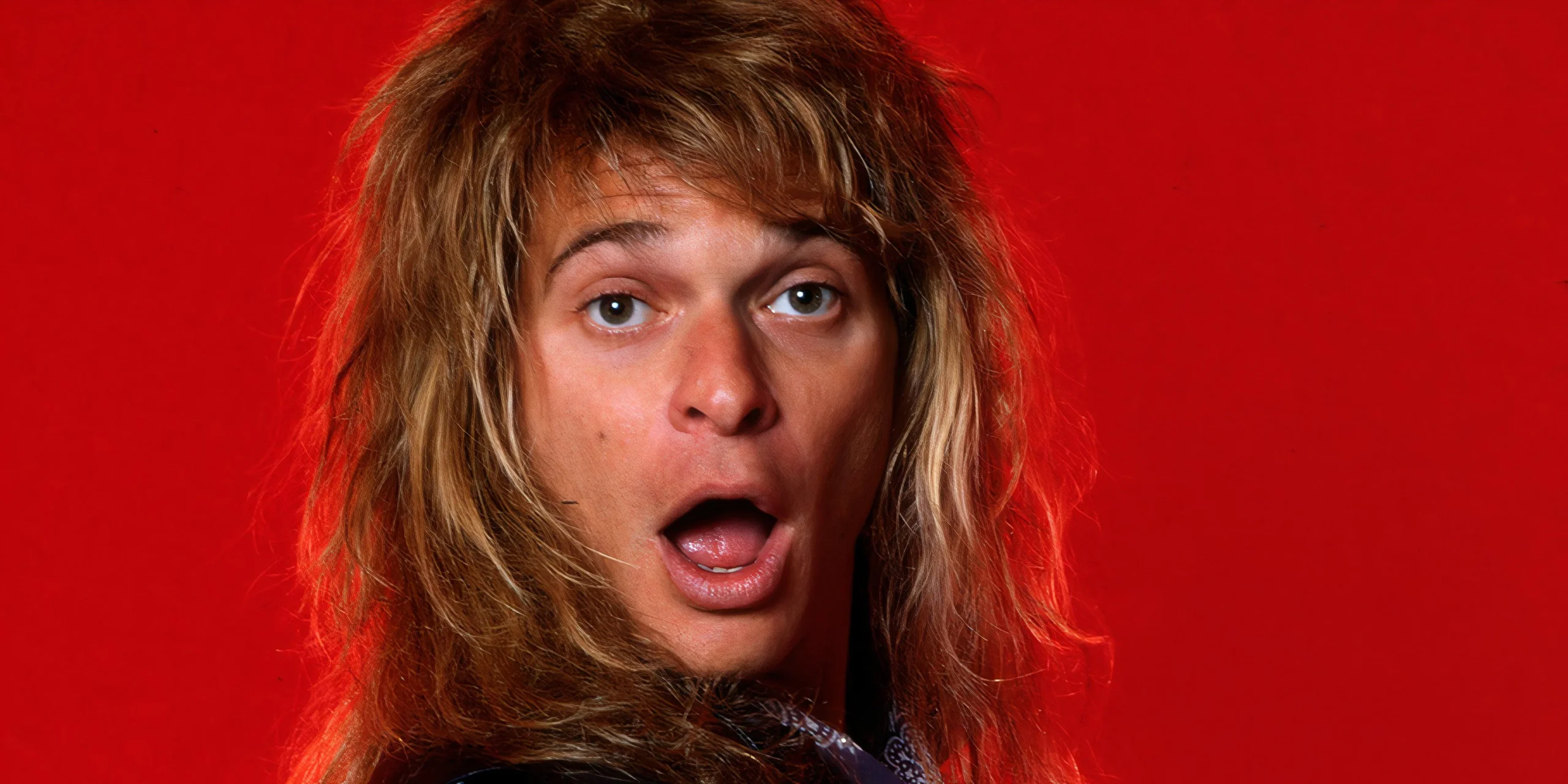
Van Halen, celebrated for Eddie Van Halen’s exceptional guitar work and David Lee Roth’s exuberant on-stage charisma, faced internal strife over differing artistic visions. As Roth leaned towards a classic party-rock aesthetic, Eddie aimed to explore new sonic horizons. This friction eventually led to Roth’s departure in 1985, whether through his own decision or external pressures from bandmates.
Roth’s exit ushered in a successful new era for Van Halen, featuring Sammy Hagar, who brought a refined vocal approach and greater commercial appeal. Their partnership allowed Eddie Van Halen’s creative exploration to shine. Although Roth later reunited with the band for brief moments in 1996 and 2007, the nostalgia for his pioneering era remains a cherished memory for fans up until Eddie’s passing in 2020.
1
Steve Perry
Journey (1977 to 1987, 1991, 1995 to 1998)
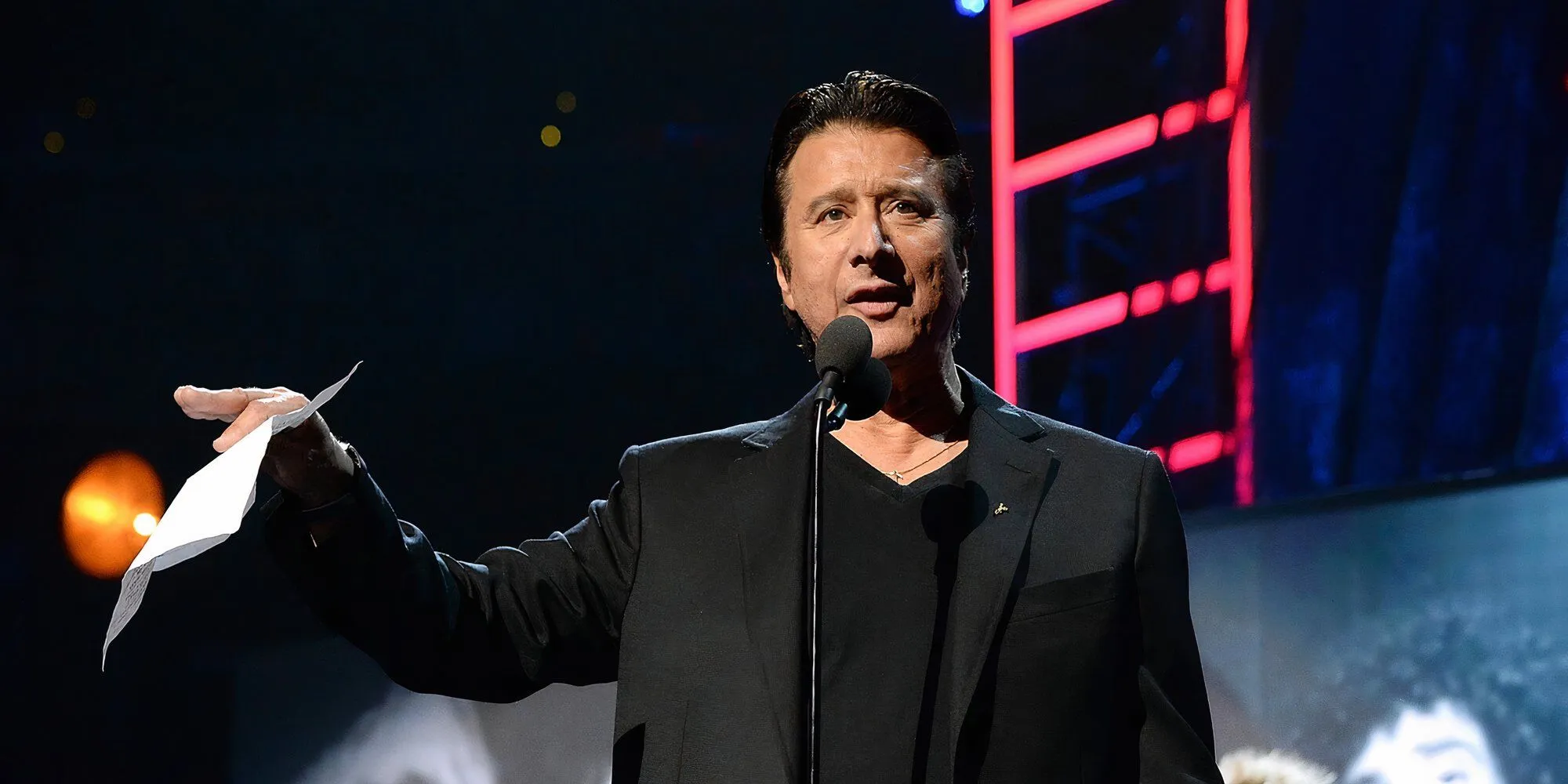
The remarkable vocalist Steve Perry of Journey is revered for his stellar range and emotive delivery. However, his departure resulted from escalating creative differences, health challenges, and personal life choices. Perry gravitated towards heartfelt ballads, evident in classics like “Faithfully”, while his bandmates leaned towards a heavier rock sound. A hip injury further complicated his commitment to touring, intensifying the rifts within the band.
Ultimately, Perry’s desire for genuine artistic expression led him to step away from Journey, where he could embrace a solo career that allowed for more personal connection. Even as Journey’s current vocalist, Arnel Pineda, earns acclaim for his vocal similarity to Perry, many fans maintain that Perry’s signature style is an irreplaceable aspect of Journey’s legacy.
